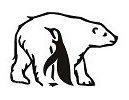Why is the continent called Antarctica?
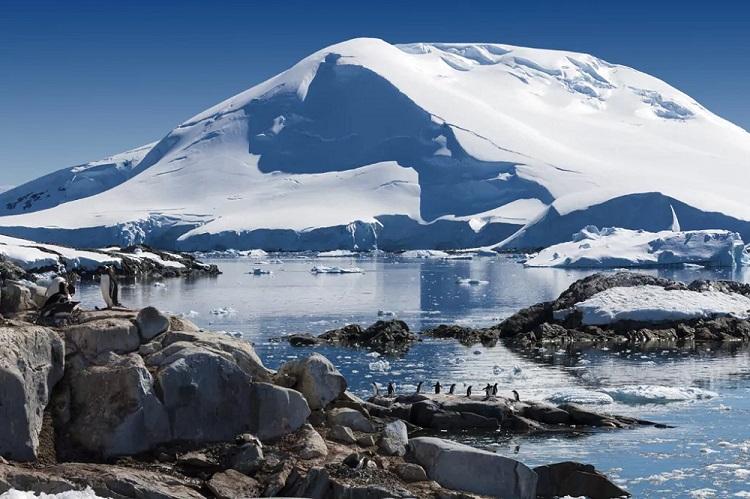
The name Antarctica comes from the Greek word “antarctike”, which means “opposite to the Arctic or the North”. The word “Arctic” is also of Greek origin, which means “next to a bear.” Here, the “bear” stands for the constellations of Ursa Major and Ursa Minor.
The last region of the world that was discovered
Due to its extreme location, Antarctica is the last major region on Earth to be discovered. The continent remained out of sight until 1820, when during an expedition two ships of the Russian navy discovered the Fimbul ice shelf. However, the first landing on Antarctica was organized by a group of Norwegian researchers in 1895.
The name “Antarctica” has a long history
This continent was officially named “Antarctica” by British cartographer John G. Bartholomew in 1890. But this wasn’t the first time someone had used that name in the same context. Sometime around 350 BC, in his book entitled Meteorology, Aristotle not only reflected on the existence of an undiscovered land in the southern region of high latitudes, but also called it “Antarctica”.
The continent of Antarctica is huge
The entire continent of Antarctica stretches over 14 million square kilometers (5.4 million square miles), making it the fifth largest continent on Earth. For comparison: This is about the size of the United States and Mexico combined and about 1.3 times larger than in Europe.
Antarctica contains about 70% of the world’s fresh water
The six continents along the Arctic account for only 10% of all ice present on Earth, the rest is concentrated in the Antarctic ice sheet. This is perhaps the largest mass of ice on the planet, which carries about 70% of the world’s fresh water.
There are no “alien” animal species in Antarctica
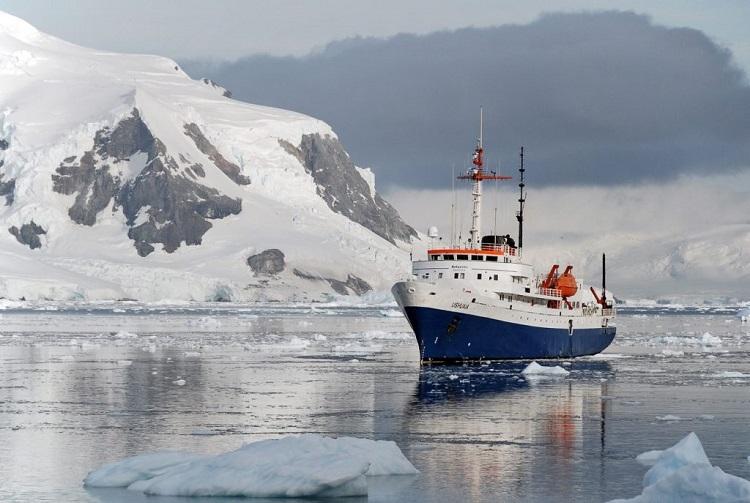
After the Protocol on Environmental Protection to the Antarctic Treaty was put into effect in the 1980s, all non-native animals were removed from the continent in the next 15 years. These “alien” species could carry infectious diseases causing a wildlife crisis.
The first man to conquer the South Pole
Norwegian explorer Roald Amundsen was the first person to successfully use and reach the South Pole in 1911 using sled dogs.
Meteorites found in abundance in Antarctica
Meteorites that fell into Antarctica thousands of years ago remained untouched due to accumulated snowfall and ice sheets above them. Many meteorites found here most likely originate from asteroids, but some originated from other planets in the Solar system. These space rocks allow researchers to study comets, asteroids, and even the early history of the Solar System.
Antarctica is the only continent without an indigenous population
Antarctica is the only continent on Earth without any indigenous human population. But since the late 1980s, it has been constantly populated by many researchers and scientists. There are about thirty sovereign countries that operate about 70 research stations across the continent, many of which are constantly operating throughout the year.
Ozone depletion was first discovered in Antarctica
Research in almost all scientific fields has aroused great interest in Antarctica. However, after the 1970s, the focus was on understanding the effects of global warming on the ozone layer. The most significant breakthrough occurred in 1985, when a group of British geophysicists discovered a hole in the ozone over Antarctica.
Penguins are a symbol of Antarctica

There are many species of animals in Antarctica: whales, seals, fish and birds, and other types of organisms. But the symbol of the continent is penguins, which are inhabited by many species on the coast. But only Antarctic penguins stay and breed throughout the Antarctic winter.
The average thickness of ice in Antarctica is more than a mile
Antarctica is the southernmost continent, almost completely covered with a thick layer of ice. The average thickness of the ice is more than one mile (1.6 km), but in some areas its thickness can reach almost three miles. The amount of Antarctic ice has increased over the past few decades, with the highest point in Antarctica at 4,892 m (16,050 ft).
Antarctica is the only continent where there are no reptiles and snakes
However, there are many other animals here, such as whales, seals, penguins and other birds. Penguins are the most common birds in Antarctica. They live in colonies and survive in the harshest conditions.
The first person born in Antarctica
Emilio Marcos Palma became the first person born in Antarctica at the Esperance Research Base. He was later granted Argentine citizenship because both of his parents were Argentine citizens. Ten more people were born here after Emilio.
The largest glacier in Antarctica is floating
The Ross Ice Shelf is a floating ice shelf several hundred meters thick that extends from the main Antarctic landmass. The total area over which it spreads is 500,809 square kilometers (193,363 square miles), which is roughly the size of Spain.
Some mountains in Antarctica are completely covered with ice
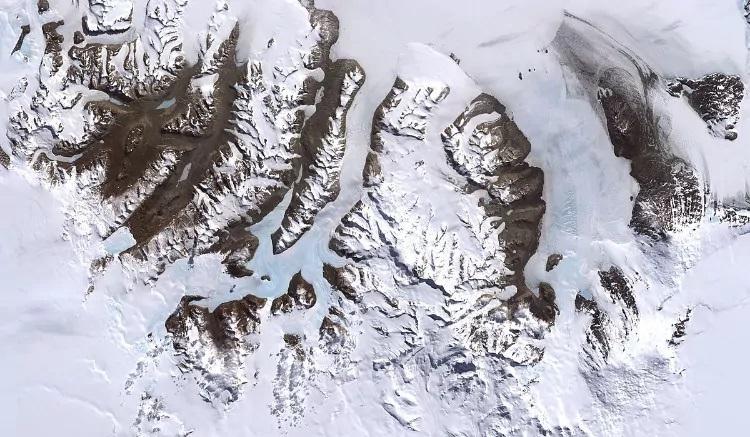
The Gamburtsev Mountains, located in East Africa, are a series of high peaks completely hidden under a thick layer of ice. They are believed to have a height of about 2,700 m (9,000 ft) and extend over a distance of over a thousand kilometers.
Antarctica had the lowest temperature on Earth
Until 2013, the lowest temperature on the Earth’s surface in Antarctica
was -93 degrees Celsius, and now the record is -98. This record will last a long time: lower temperature values on the Earth’s surface are almost unattainable.
The wind in Antarctica reaches a speed of 320 km/h
Antarctica is one of the windiest places on Earth, where unusual winds blow down from the mountains. The strength of the winds is influenced by low temperatures and the shape of the continent. The highest wind speed was here in 1972 – 200 mph (320 km/h).
There is a giant split of the earth in Antarctica
A giant split, possibly as massive as the Grand Canyon, was discovered in 2010 under the Antarctic ice. At the time of its discovery, researchers estimated that its length was more than 100 km. However, its actual length may be much longer.
Antarctica is the driest place on Earth
1% of the area of Antarctica (about 2500 square kilometers) is completely free of ice and snow. Such places are called dry valleys or Antarctic oases. Dry valleys are the harshest deserts on Earth. There has been no rain or snow here for about 2 million years.
Microbes have been found in the lakes of Antarctica
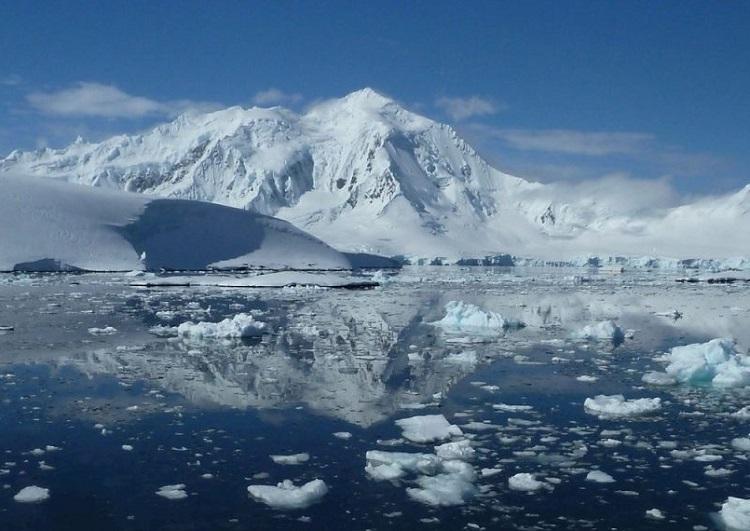
Lake Vida, one of the twelve famous salt lakes in the McMurdo Dry Valley region, has gained worldwide popularity. At least 2,800 years of frozen microbes were discovered in its depths in 2002, which made it possible to extract their DNA.
The largest Antarctic iceberg was bigger than Jamaica
Iceberg B-15 is considered the largest in the world today, with a length of 295 km and a width of 37 km. its area was 11,000 square kilometers, which is more than the islands of Jamaica. In 2000, iceberg B-15 split into smaller parts, which gradually sailed north and melted there.
Antarctica is gradually warming up
According to research published in 2012, West Antarctica is one of the fastest warming regions in the world. The study showed that the annual temperature in this region increased by 2.4 ± 1.2 °C from 1958 to 2010.
Lakes are hidden under the ice in Antarctica
There are also several lakes hidden under the Antarctic ice, the largest of which is Lake Vostok. It was discovered in 1996 right under the Russian Vostok station and buried under a layer of ice almost 3 km thick. They do not freeze because of geothermal heat and pressure, or, more simply, because of the heat of the Earth’s core.
There are active volcanoes in Antarctica
Antarctica is known to have more than one active volcano. One of them and the most famous is Mount Erebus, located on Ross Island. It is the southernmost active volcano on Earth. A lava lake with a temperature of 927 degrees and a depth of several kilometers is splashing in it. It is constantly bubbling, emitting clouds of steam and throwing out red-hot stones and pieces.
One of the neutrino observatories is located in Antarctica
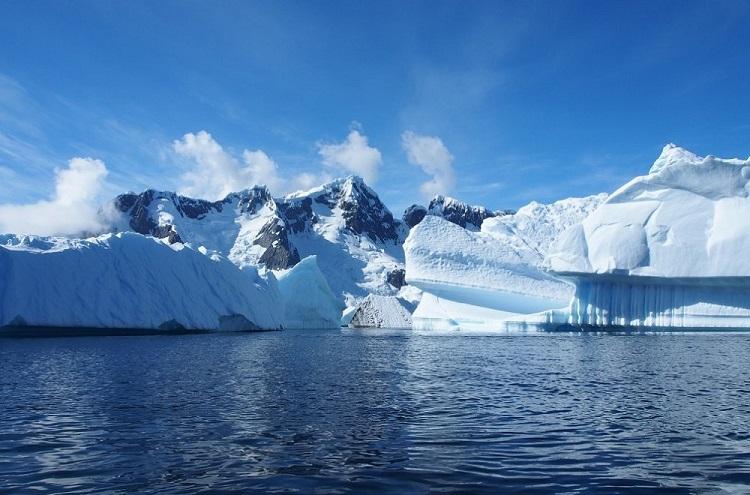
The US-operated Amundsen-Scott South Pole Station in Antarctica houses one of the largest and most advanced neutrino observatories on Earth. In 2013, the observatory reported a small neutrino explosion coming from a source located about 3.7 billion light-years from Earth.
